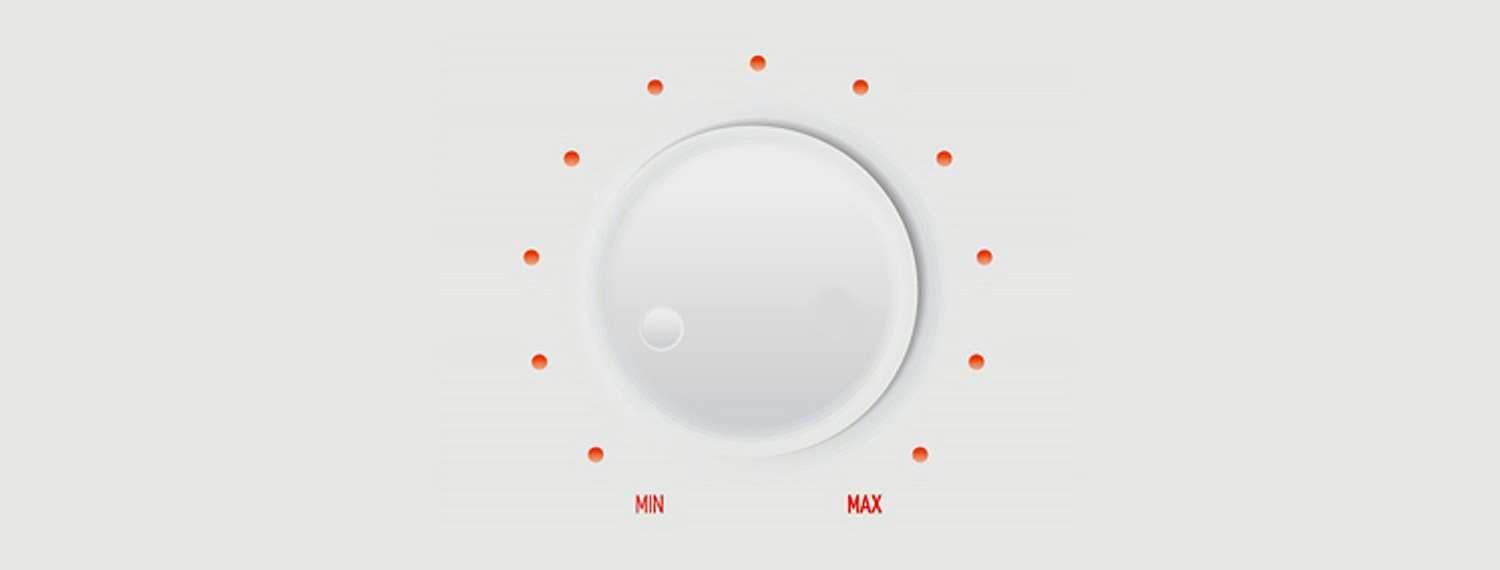Whenever fresh reports emerge of the suspected adverse reactions, the Pharmacovigilance aims to generate an accurate analysis of the events and then respond via the appropriate channels in a timely way. The pharmaceutical companies should identify the incidence of every suspected reaction and then establish whether there is a link to taking a specific medicine or there is a relation with other agents or procedures that are leading to those reactions. The plan here is to discuss the complexities prevailing within the drug safety task around the spontaneous reporting system and knowing about the challenges when it comes to calculating the risk to arrive at the suitably apt response.
Patient safety should be the prime focus in the Pharmacovigilance procedure
The Safety professionals
The Pharmacovigilance unit safety experts are accountable for monitoring, identifying, evaluating and reporting the potential safety risk that are linked with the use of medicinal product and devices.
What do the team of Pharmacovigilance do for patient safety?
- The experts take an active part in the studies when in the investigational stage, monitor the safety of the medicines in the clinic use by gathering information about adverse events.
- They maintain and update an advanced database of the reported side effects that should be used for effective collection, evaluation and prevention of the adverse events.
- They actively renew as well as report to the regulatory authorities the side effects that are reported by the patients, by their caregivers or by the healthcare experts.
- They employ the use of only sophisticated techniques, clinical judgements and data analytics to determine the possibility of the new risk once the drug has been marketed.
- They are regularly monitored by the regulatory authorities.
They engage external advisory panels to make sure the safety of the patients remain intact.
How do clinics gather the safety data?
Once the medicine has been launched in the market, the patients, physicians, healthcare teams and other caregivers can report the side effects as well as the safety concerns.
- Signal detection: A periodic review where the safety profile of all the products are evaluated and analyzed to identify the possible new safety problems.
- Periodic safety update report: A detailed report submitted to the authorities that encompasses safety data and evaluation of the risk-benefit profile.
- Risk management plan: Based on the safety profile of a specific product, the experts suggest additional activities to monitor prevent or minimize the identified potential risks and the adverse events.
Medicine safety and the patients
Medicines have proved to be the best assistance in recovering health, avoiding illness or reducing the symptoms linked with a disease. By gaining more knowledge about the appropriate and the safe use of the medicines, its perks and potential side effects, you as a patient will be able to actively participate in the discussions held with your assigned healthcare team.
You can ask your physician about what to expect from your medicine, you can read the label carefully and follow all the instructions, check your healthcare history from time to time, and keep the track of the effect of the medicine on your health and mind.
With a little precaution and sound knowledge, you will be able to make the best out of the Pharmacovigilance process!
Global PharmaTek provides a wide range of pharmacovigilance services in various departments with using innovative technologies by our dedicated pharmacovigilance experts team.

